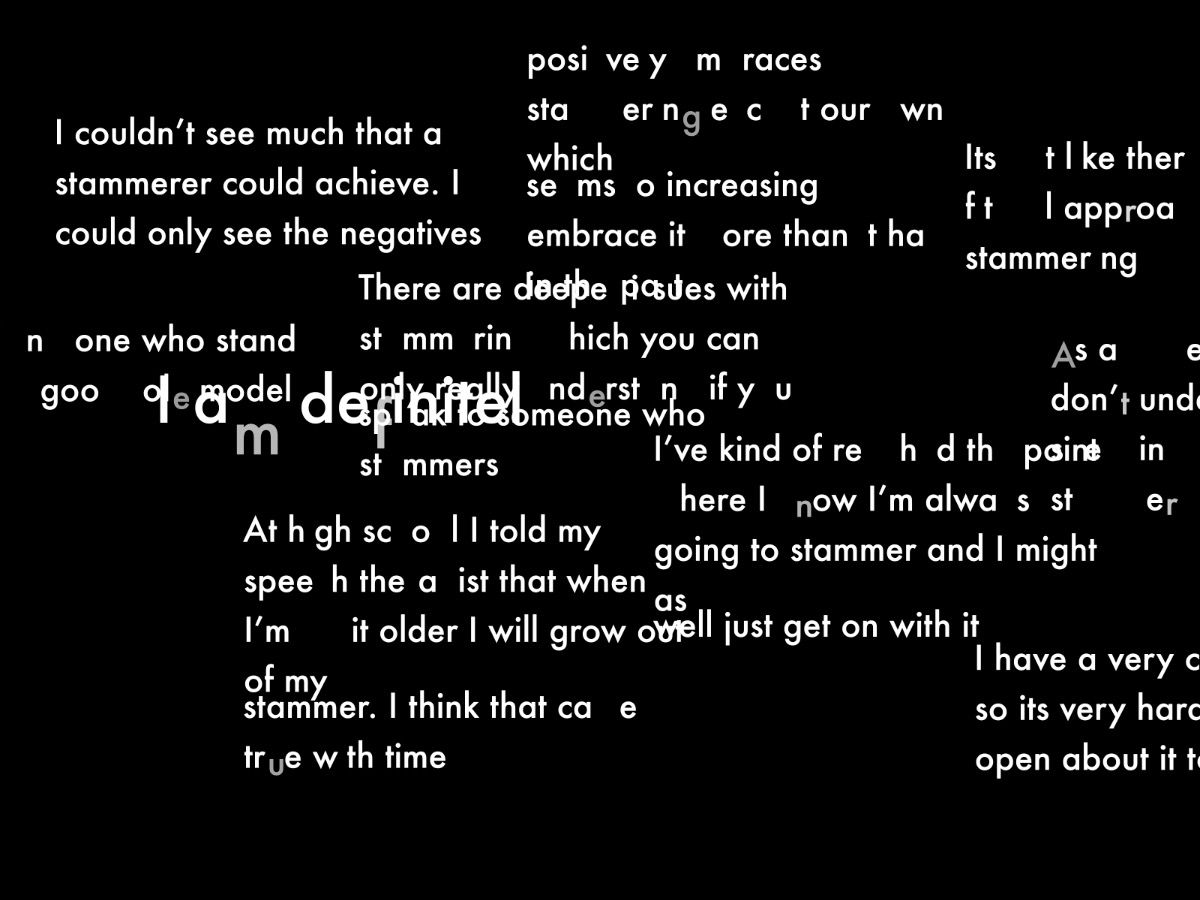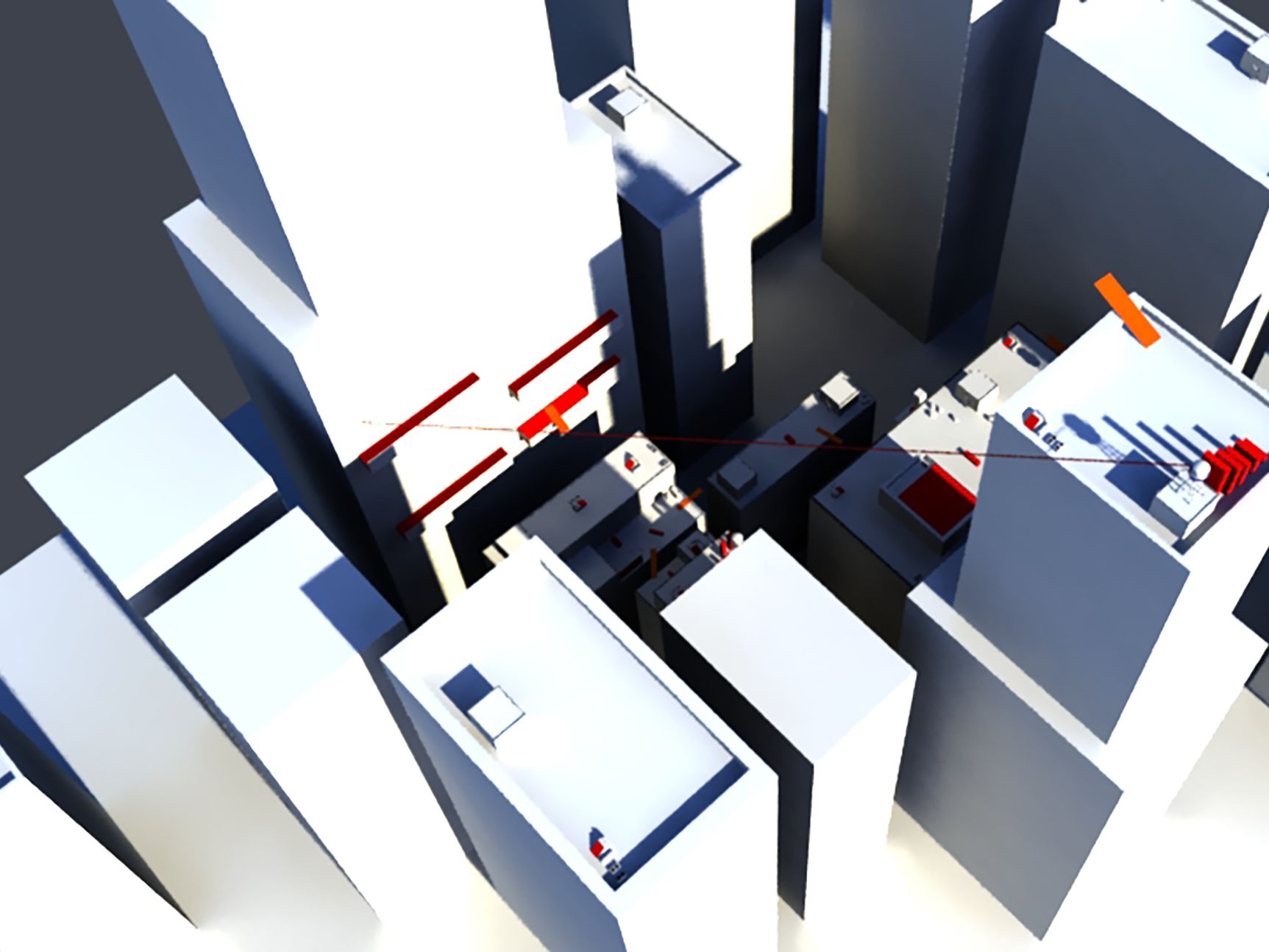I had an idea, a vision, something which I wanted to showcase. Showcasing your work physically will always be better than a digital showcase. As physical space is so important to pick up on feelings, emotions, as well as seeing artwork whereby the material is actually crucial to your understanding of the artwork. Exhibitions are great ways to show work. And when you think of an exhibition, don’t think of a show in the Tate Gallery or National Portrait Gallery, an exhibition can be whatever you want it to be, whether small or big, by whatever artist. Find a space and exhibit!
Admittedly, it is a daunting task to think that I want to exhibit my work. But the rewards definitely outweigh the daunting nature of doing such a thing. When thinking about an exhibition, start with what the aim or the vision is. What will connect all of the pieces together, then be realistic about how much of your work can relate to that theme. Alternatively, if it’s a retrospective of your work (all of your work) then pick up on something that is key to your practice where you can showcase this concept to your audience. Essentially, as long as you know what you’re trying to present, you can present it!
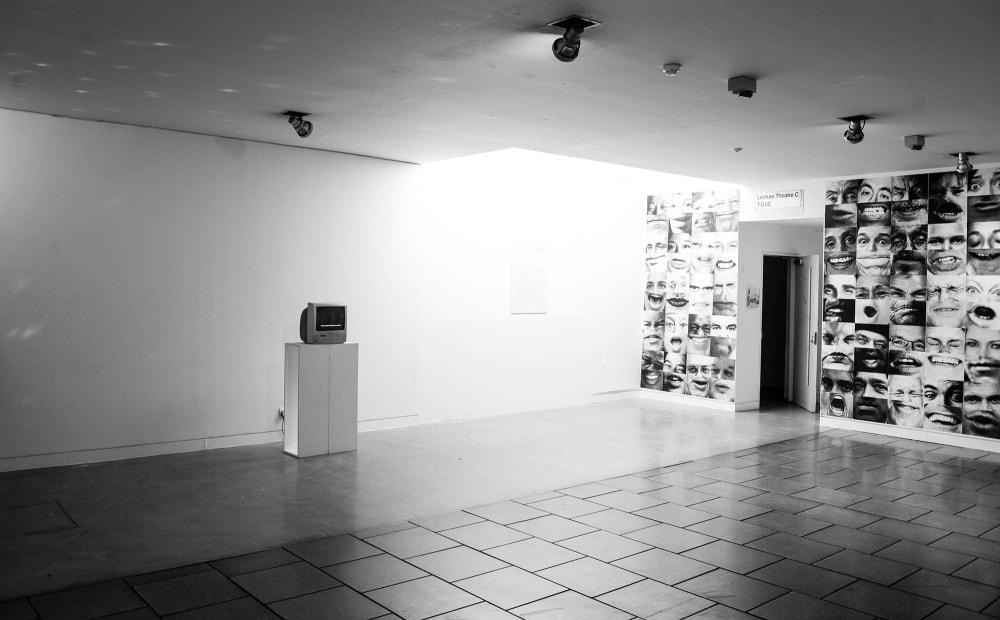
This image shows my first ever exhibition. We made sure, as a collective, to make sensible use of the space, allowing enough space for things to breathe and for things to be separate. Also having the option to have more work in there is possible, as you have a large space. But, you’ll be surprised at what you can do with whatever space you manage to find! In my next ‘How To’, I’ll talk more about ‘Judged Response’.
Location, location, location
The first major hurdle is finding a space. As soon as you have a space, you’re set and that space is yours. Do some Googling. See what you can find. It may be easier to start with approaching arts venues which make a feature of having exhibitions up all of the time. They’ll constantly need new work on the walls. The Peckham Pelican is one example.
All of my exhibitions have been whilst at university, making contacts with those who run the space, and asking what their availability was. This is great as it’s a free space to use. Obviously, the more space you have, the more of a curated exhibition you’ll be able to have.

Once you have a space, you might want to decide whether you’re going it alone, would like a team around you to help you exhibit or if you would like it to be a group exhibition. The exhibitions I’ve held so far have all been group based so I’ll talk about that experience for me. Next, get the group together. Visit the space. Ask the gallery or venue for a floor plan and start planning the environment. Where would you like the pieces? Do the pieces have connections which each other? Do they compliment each other? For moving image work, did you want a show reel or each video to have its own projection? What’s the style of the exhibition, i.e. do you want text on the walls or the exhibition to remain ambiguous, allowing people to be free to come up with their own thoughts about each work? These are all starting questions to consider on your own or in your group. Try to put yourself in your audience’s shoes.
Bills, bills, bills
With everything, comes money. Don’t be put off! You can easily create an exciting exhibition which has an impact with minimal funds. There’s also lots of support out there, particularly grants such as Grants for the Arts, run by Arts Council England which are very supportive of all sizes of project. Whilst doing your planning, speak to friends. They may wish to offer you ‘in kind’ help like helping you clean the gallery, look after the space when it’s open, donate towards your running costs, or know someone else who can help. Keep talking! Even to strangers – you never know who they might know or if they can help.
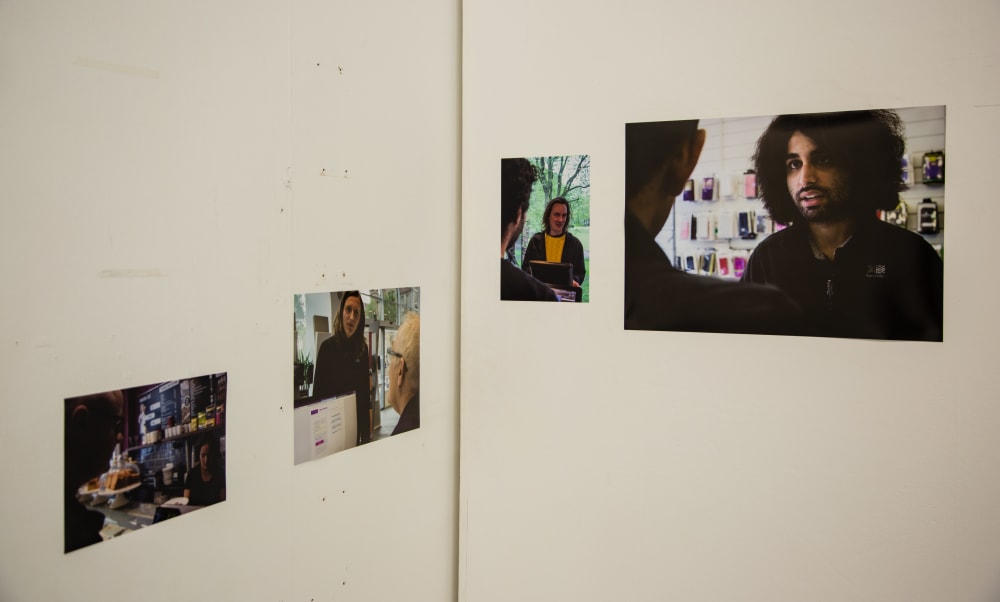
Hanging prints, which you care about, takes time. When hanging nine prints which had a slight shine to them as they were professional photographic prints, any fingerprints would show. I had to be super careful and allow time to hang things delicately. One tip: buy a pair of white gloves. You’ll never see greasy fingerprints ever again!
I would say the most challenging part of the exhibition process is hanging the work. It’s delicate. Takes time. You need lots of tools and equipment, even fiddly things. Make sure you allow a lot of time for this to make sure nothing gets damaged, everything looks great and you’re happy. Allow a week if you can. Don’t forget also, health and safety. Your risk assessment is important and will be required by the gallery space. Templates for these are available online or the owners of the space may provide you with something to complete. Furthermore, allow time after installing to clear up. Make sure the place looks ready for your public.
Publicity
PR for your exhibition is then very important, you want an awesome audience right? Share it on your social media and encourage others too. Contact institutions who you work with or know you personally, for them to do features on your exhibition. Get a template together to approach people with so you’re consistent with what you’re saying, include all of the information about the show.
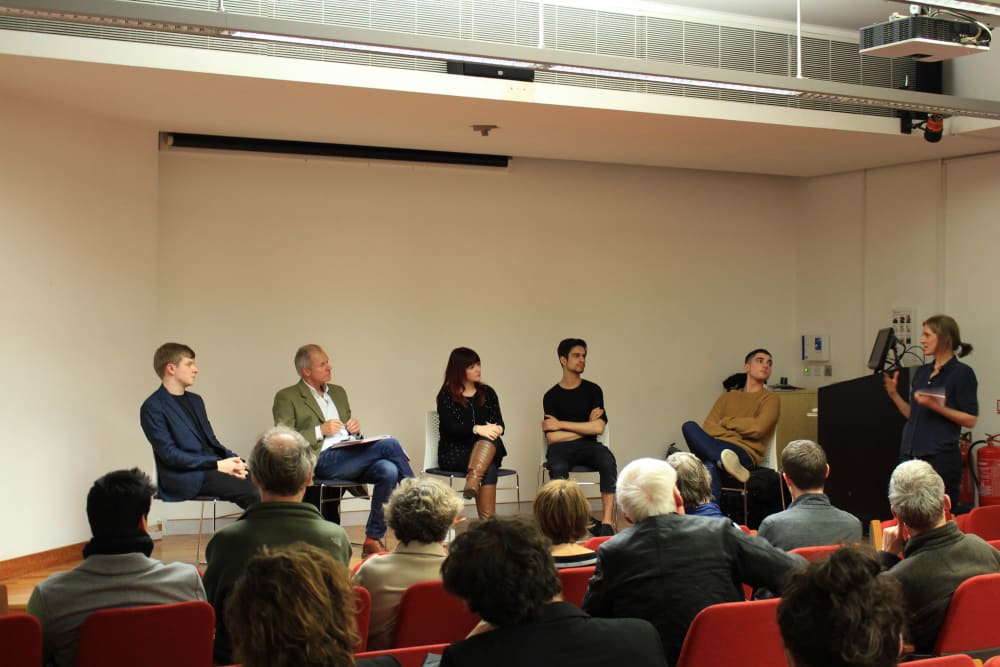
For one of my exhibitions, we decided to hold a Q&A evening, which would pick up the undiscussed matters that came up from the work in the exhibition. This was a part of the Private View evening. This meant that we had a large audience coming into the Private View, to see the works and to take part in the Q&A.
Often, hosting events around the exhibition is useful to create some hype for the show. A private view is a must. Invite friends, family, press. Have some drinks. Maybe do an exhibition tour? Make sure this is well documented.
Exhibitions are an encouraging thing and great for exposure. You don’t need to be concerned about whether your work is good enough or complete (do a Work In Progress show). Your work is worth presenting, otherwise it just stays in your studio or bedroom. Who is going to see it in there right?
Catch up with me again soon on the Insights blog for another ‘How To’, looking more specifically at exhibitions I have personally curated, the works within them and how the tips and thoughts in this article have manifested themselves.
Here are some of the resources Rory mentioned:


